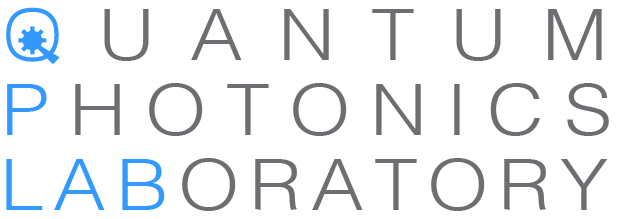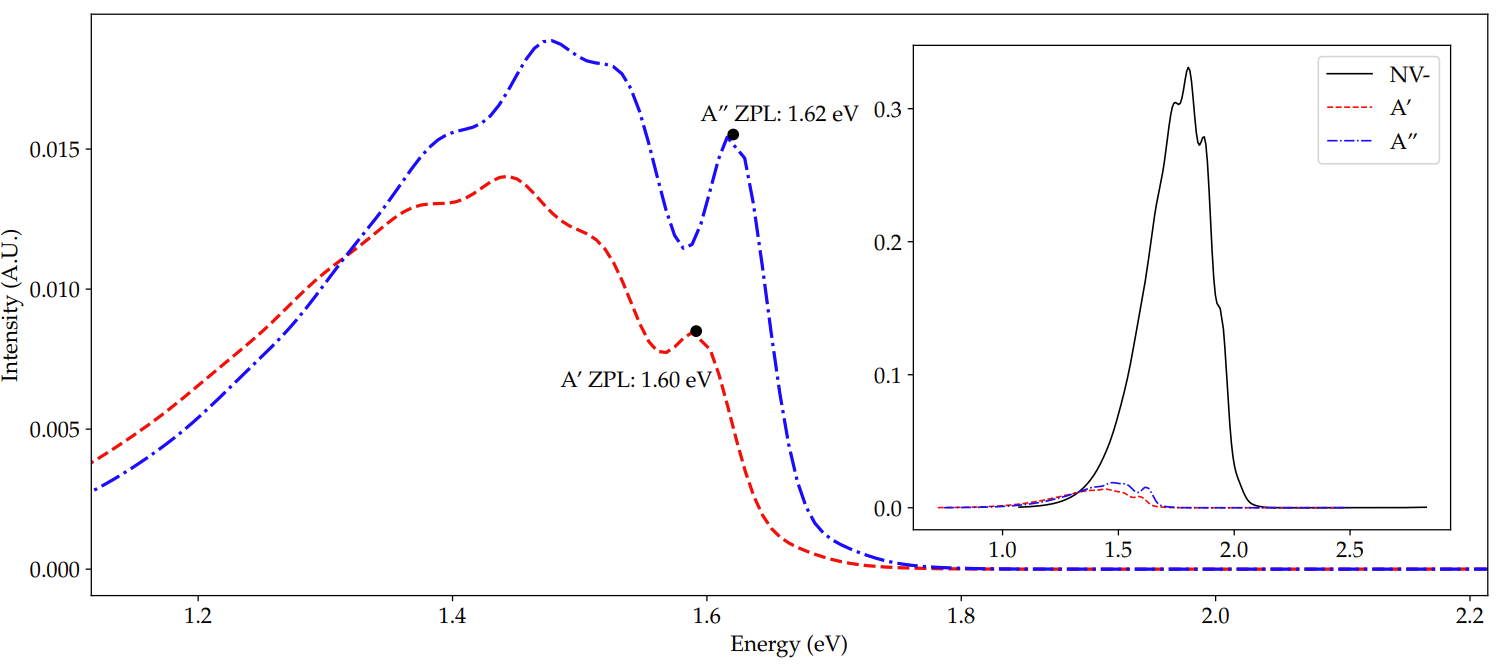Welcome Ritik to QPLabs!
We are excited to announce that Ritik has joined our team at QPLabs. Ritik brings a fresh perspective to our research group. We are confident that his contributions will be invaluable as we continue to push the boundaries of quantum computing research and innovation.
Please join us in welcoming Ritik to the QPLabs family!
New paper on a fully programmable photonic waveguide array published in Nature Communications
Congratulations to Yang and our collaborators!
This work represents the first demonstration of precise control over independent Hamiltonian terms to realize quantum state evolutions in a large-scale reconfigurable photonic waveguide array. A series of experiments that implement different physical dynamics have been performed, equivalent to more than 2500 static devices.
This breakthrough is significant because it enables the study of multiple condensed matter quantum dynamics with a single device. Compared to other state-of-the-art technologies, our platform with electro-optic control offers several advantages, including overcoming cross-talk limitations of thermo-optic control, providing a more effective coupling region, and requiring less bending area. This platform also enables ultra-fast and more precise control with lower power consumption.
Furthermore, this new structure has a wide range of potential applications, such as simulating higher dimensional systems and processing quantum information. Variants of this new technology can be anticipated to replace the need to fabricate thousands of static devices, allowing for high-level control of the independent parameters.
Link to the article
Experimental Graybox System Identification and Control
Our recently published work shows the first experimental demonstration of a new quantum system identification and control technique that adds the benefit of machine learning to the physical insight of classical fitting models, namely “graybox quantum control on a quantum device”. The method overcomes the main limitation of machine learning, which is not providing information on the physics of a quantum process, while outperforming traditional model fitting approaches. This technique adds to the flexibility and power of machine learning by enabling the preparation of unitary gates and Hamiltonians, which is not possible with standard machine learning methods, such as neural networks. Applied to our designed and fabricated quantum photonic device, the results show superior performance in terms of the experimentally measured controlled performance. Moreover, the method uncovered a new enhanced physical model that goes beyond the standard well-known device model.
https://www.nature.com/articles/s41534-023-00795-5
AIP Summer 2023 Quantum Control Focus Session
We are organizing a focus session on Quantum Control during AIP Summer 2023. For more details check the flyer.
PhD position in Theoretical Quantum Control
We are currently seeking an exceptional Ph.D. candidate to join our team. Additional details can be found here.
Quantum Control Workshop 2023
QPL is hosting a quantum control workshop on the 13th of July 2023. For more details click here.
Broadband and efficient grating coupler with vertical injection
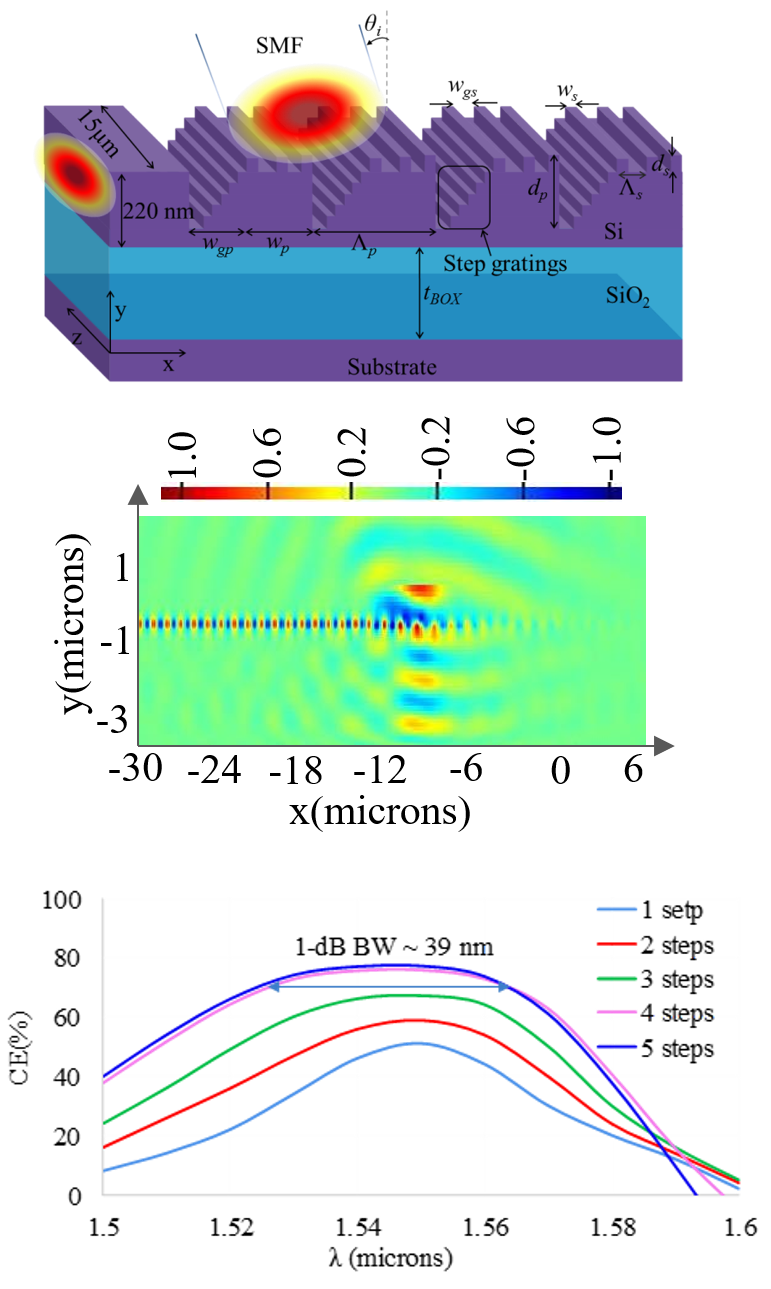
An efficient and broadband perfectly vertical grating coupler is reported based on asymmetric grating trances on SOI. The symmetrical nature of the diffraction is broken by implementing steps grating at one end of the primary groove while another end kept unaltered. The vertically incident light on the engineered subwavelength grating surface diffracted and coupling with the nano waveguide efficiently for the broad wavelength range in the C band by reducing backward propagation, reflection at the incident and coupling into the substrate simultaneously.
Our method for vertically incident light coupling between dimension mismatch waveguides provides solution in packaging problem for the high dense photonic integrated circuits (PIC).
Ab-initio prediction of bright NV+ photoluminescence
Our recently published novel method to predict solid-state photoluminescence has discovered a possible bright transition in the positively charged nitrogen vacancy in diamond (NV+).
NV+ has historically been considered a dark state due to absence of experimental photoluminescence. Our work reveals that there is an optically active singlet-singlet transition approximately 16x less bright than the analogous triplet-triplet transition of the NV- charge state.
Our work in NV+ is a step towards unlocking applications such as quantum memory. We demonstrate that the lack of optical signature used for identification is not reliable and we subsequently provide predictions to guide experimental investigation. This will be useful for experimental work with NV defects in diamond as well as a motivation for further theoretical work investigating potential charge dependent quenching mechanisms.
A novel method to predict the solid-state ab-initio photoluminescence spectrum of defects in crystals has been created
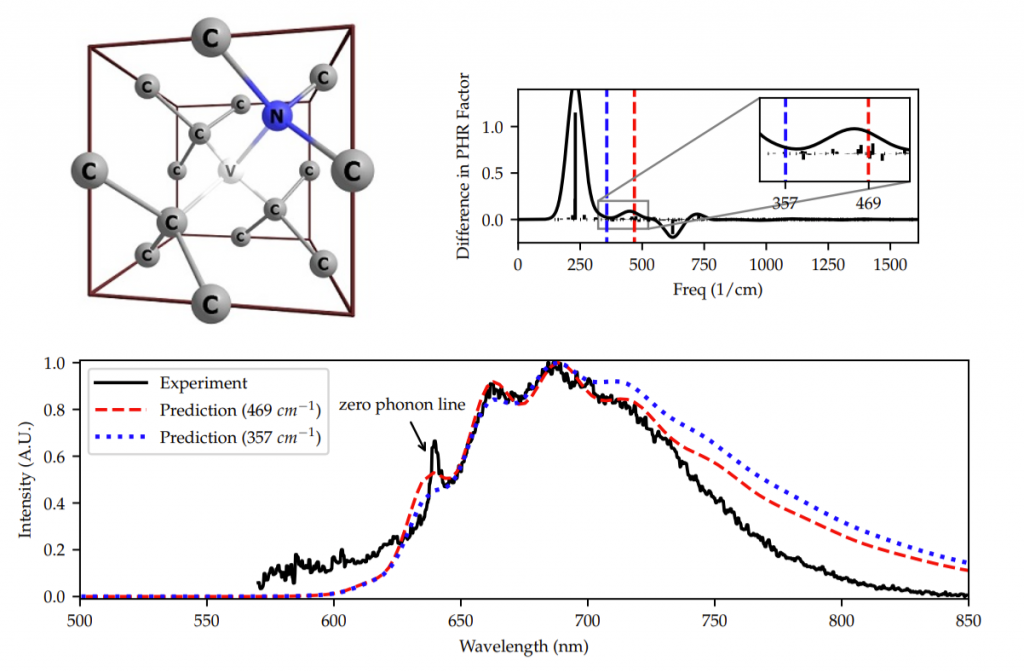
Our method works for defects with the same symmetry in ground and excited state, which could not necessarily be treated by existing methods.
This is accomplished by using a cluster calculation with TD-DFT and applying a low frequency cutoff to recreate the solid-state.
The low frequency cutoff is shown to eliminate vibrational modes unique to the surface of the cluster, and demonstrates a connection between cluster and solid-state.
Furthermore, our cluster calculation demonstrates the first vibrationally resolved ab-initio photoluminescence spectrum of NV- centres in nanodiamonds.
Our method has been recently published in Journal of Applied Physics.
New paper on quantum topological photonics published in Science Advances
Congratulations to Rob, Jean-Luc and our collaborators!
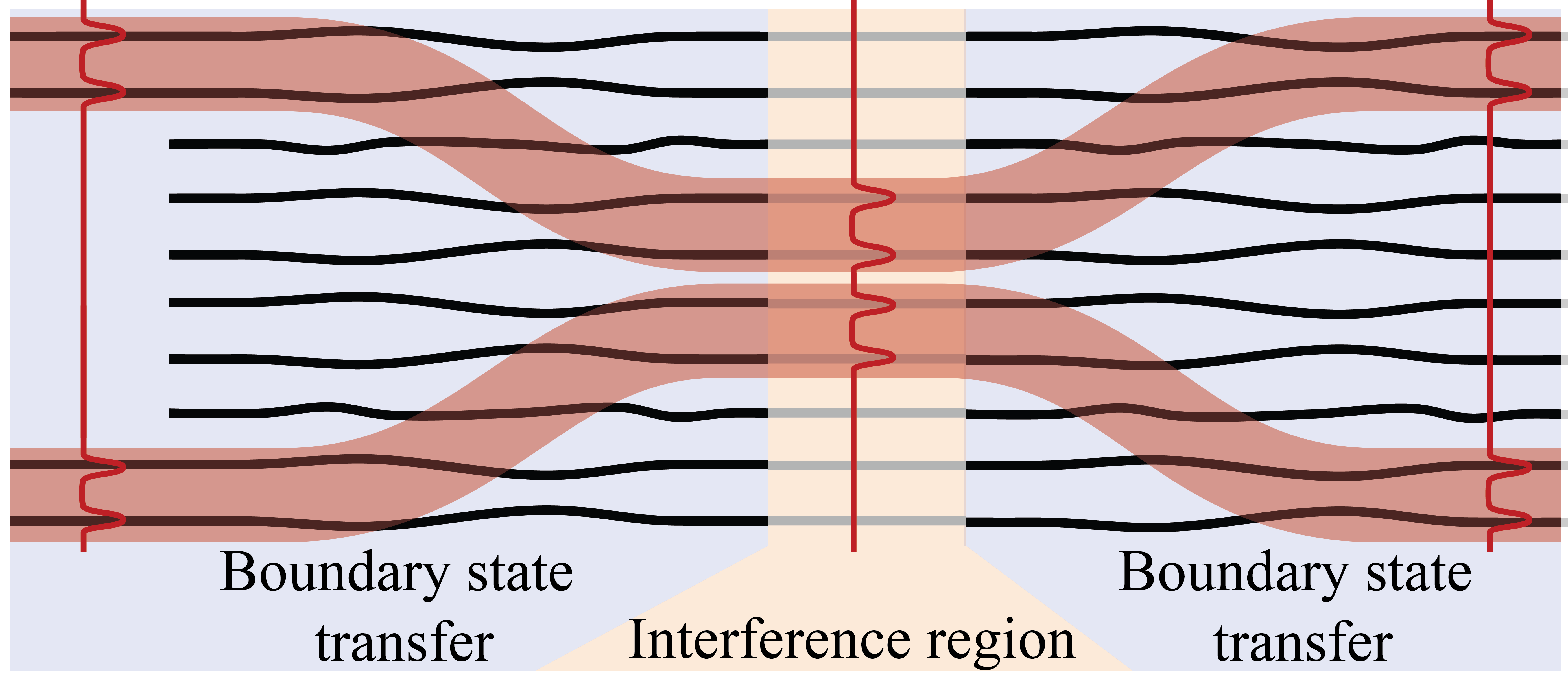
From the press article by Physicsworld:
Topological insulators are a recently discovered phase of matter that are electrical insulators in the bulk but which can conduct electricity on their surface via special “topologically protected” surface electronic states. These states have remarkable properties, including the fact that they are robust to defects and noise in the surrounding environment. A team of researchers in Australia, Italy and Switzerland have now shown that topological states made from single photons can be used as quantum bits (qubits) to process quantum information in a reliable way. The work could help in the development of more robust quantum computers.
These results have recently been published in Science Advances.
